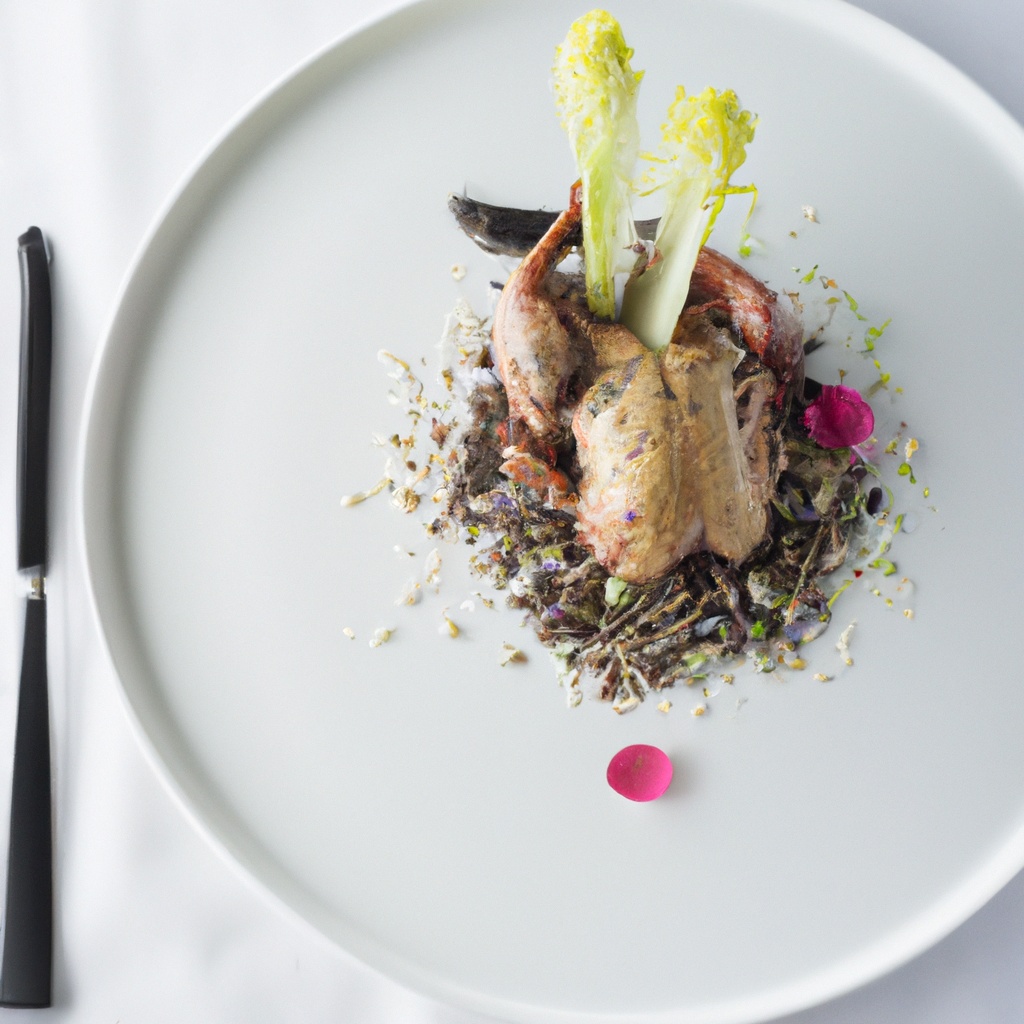PROS
Pullum Frontonianum is a tasty and flavorful dish that is easy to make with a few simple ingredients.
This dish is high in protein and low in carbohydrates, making it keto and paleo-friendly.
The use of fig syrup adds a unique and delicious twist to the recipe.
CONS
Pullum Frontonianum requires a long bake time so plan accordingly.
It is also important to check the internal temperature of the chicken to ensure it is cooked thoroughly.
HEALTH & BENEFITS
This dish is high in protein, which is important for building and repairing muscles.
The chicken is also a great source of vitamins and minerals, such as vitamin B6 and selenium.
Moreover, the use of olive oil in this recipe provides healthy fats that may help to reduce inflammation and lower the risk of heart disease.



/rating_off.png)
Leave a Reply